July 12, 2019 — New York City
The Many Lives of Zarela Martinez
Culinary legend Zarela Martinez introduced finely tuned, highly researched regional Mexican cuisine to a national stage, and has continued to blaze trails for more than three decades.
Words By Stef Ferrari
Photography by Noah Fecks

In New York City, Zarela Martinez tells me a story about a guitar she once purchased from a trader in Mexico. She was scouting locations for her PBS show in Veracruz, when she spotted a young man with the requinto (guitar) on his back. “I knew I had to have it,” she remembers. She didn’t have the money on her at the time, but convinced him to hold it until she returned to shoot.
Today, the guitar—carved in the shape of a woman’s body—sits on a bookcase beside photos of her ancestors, folk art from various Latin American regions, and worn and well-used cookbooks from culinary greats of multiple eras. Her home is an immersive scrapbook—an installation of artifacts curated from a lifetime of travel and curiosity. The apartment is practically a museum—I almost feel as if I should pay admission. But that is not to say that it lacks warmth. To the contrary, in her space I feel instantly at home; it seems to embody that whole mi casa, su casa mentality for which her Mexican culture is known.
It’s fitting, as Martinez has always been a consummate entertainer. The type of entertainment depends on what you fancy, though—most notably a celebrated chef, she’s also been a television host, a writer and a singer who released an album titled “Sad Songs from a Happy Heart” in 2017. She’s created a line of products for the home, taught classes, and delivered presentations to massive corporations. Martinez is a modern-day, bicultural renaissance woman whose interests in art and self-expression know no bounds.
But it is entertaining at home—hosting people—that has always been at the core of her personality, and a part of her inherited legacy. “Mother loved to entertain,” she recalls. “It was a way of life for her.” Martinez remembers family and friends who would come for extended stays or short visits at her family’s ranch when she was growing up. “People would often drop by for breakfast, lunch and dinner in our city home and sit for hours after the meal haciendo sobremesa (the interlude after a meal when people sit and chat for hours).”
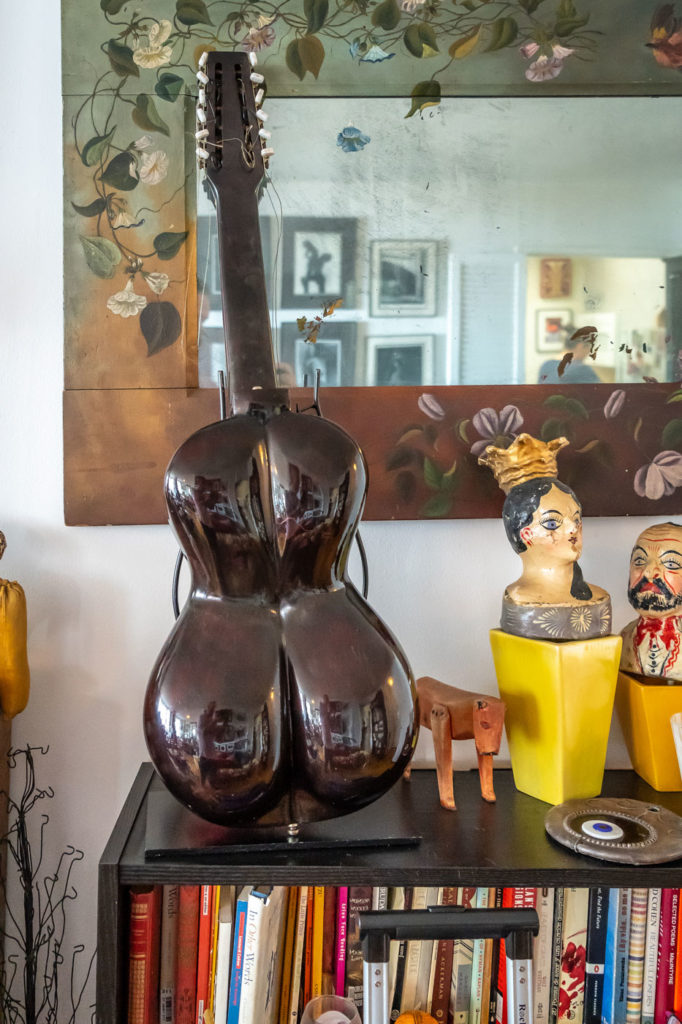



Martinez has embodied the idea of hospitality long before that became a general term to describe an industry, a career path, or even a college major for that matter. Her brand of hospitality comes not from an MBA program, but from an upbringing steeped in tradition and genuine human connection, as well as a lifetime in the pursuit of knowledge.
It is a circuitous route that landed Martinez here on New York City’s East Side. In fact, her life story feels like could easily be the plot of a major Hollywood film. Her book, Food From My Heart (which could also easily double as a definitive text on Mexican history, not to mention a riveting, vivid memoir), details a family tree that begins with her ancestors’ pivotal involvement in the Mexican Revolution, and follows her through an international, intercultural and interpersonal journey—one that just so happens to have changed the landscape of American cooking, and the way Mexican food and culture would forever be perceived.
Even if you haven’t heard her name, you have almost certainly had a meal that Martinez had a hand in making possible. It is thanks to her work, her relentless drive and passion, that modern Mexican food found a foothold in the American culinary world.
Her lasting impression and influence on the modern food world could be credited in part to a persevering and unswerving pursuit of knowledge from an early age. Martinez was born in Agua Prieta, Mexico, and spent much of her upbringing in private and boarding schools, then attended finishing school and ITESO (Instituto Tecnológico y de Estudios Superiores de Occidente) in Guadalajara. She traces many of her accomplishments back to the diverse education she had growing up. “The things I learned in finishing school would be paramount later when I was developing my line of Mexican-inspired products for the home. My mass communications training would help me write and promote my books, conceive my television series, write the scripts and help with the editing,” she tells me. “And to this day, I have always done my own public relations with great success.”
Her father, she says, was “a true bohemio,” and perhaps the tree from which her apple did not fall far. He was “a lover of all things artistic and literary, a man of many interests and hobbies. He painted, wrote haiku, raised exotic birds, built board games, dug for buried treasure, listened to opera, read voraciously, and spent hours poring through his huge Webster’s dictionary and set of Encyclopedia Britannica just for the pleasure of learning something new,” Martinez says. “He spoke English with a thick accent but his vocabulary was remarkable.”
And her mother set the tone for Martinez’s culinary path. She tells me, “My mother was a terrific cook and I had learned to prepare not only traditional Sonoran and Chihuahua food but a little international fare as well—this was Mexican food with a continental flare.”
Martinez moved to El Paso, Texas in 1973, where she started experimenting with food professionally, independently catering to supplement her income. As was theme in her life, education continued to be at the center of her philosophy though, and her preferred way to learn was to seek information at the source. Martinez began traveling regularly, to Europe, and especially through Mexican regions, cataloguing specialties and gathering context for the food she was learning to create. She collected recipes and pieces of art, took photos and forged relationships.
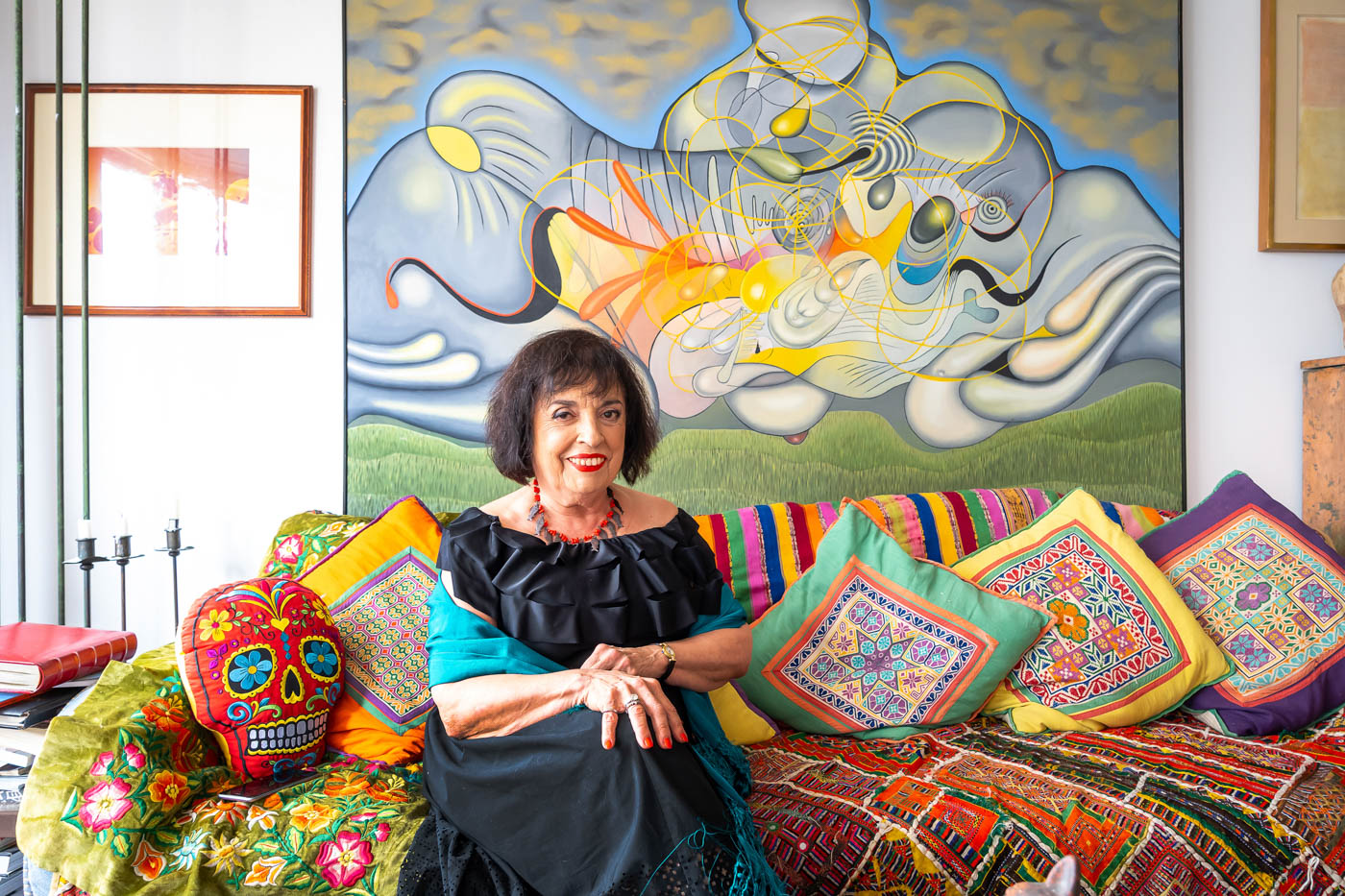
Her mother journeyed with her often, and was also inclined toward the epicurean. Martinez remembers her mother “could duplicate any flavor she tasted,” and loved to eat. During one of their U.S. research trips to New Orleans, Martinez made a friend that would change her life. Paul Prudhomme, owner of the legendary restaurant K-Paul’s, was approached by a young Martinez after she and her mother enjoyed a meal together. He was flattered and offered her a deal. “You teach me Mexican food, and I’ll show you everything I know about Creole.” After a week together, he’d made good on his promise, but it was only after she returned to El Paso that his influence profoundly shifted her path.
Prudhomme had been asked to cook for the exclusive culinary society, Maîtres Cuisiniers de France. The dinner would be held at Tavern on the Green in New York, where a showcase was being organized to introduce the organization to regional American food. The chef called Martinez to ask if she would join him, to cook and represent Mexican American cuisine.
So Martinez traveled north to an event that set the tone for her future. The New York food media was out in force and had the opportunity to taste her food, which was nothing like anything they’d seen before. (In her book, Martinez recalls a Fodor’s Guide from the era that “commented that Mexican food available in the United States bore the same uncomfortable resemblance to real Mexican cooking as a howling monkey has to man.”) Craig Claiborne, the famed New York Times critic, published a piece called “Memorable Dishes from a Master Mexican Chef” in 1982, a time during which the cuisine of her heritage—and of women in general—was rarely given such a spotlight. Of the event, he wrote, “We also wanted to have Mexican-style food from Texas. When we canvassed our contacts for the best cook of the region, we were told that person was, hands down, Zarela Martinez-Gabilondo.” The event became a sort of culinary coming out party that helped launch her career and sparked an interest in the city for this new kind of Mexican food. “[Food writer] Suzanne Hamlin described my food as ‘almost like discovering colors,’” Martinez recalls. No question about it, she’d made her mark.
After that, Martinez recognized the unique value of her expertise. The problem was that even though it wasn’t the diverse breadth of regional specialties she was so diligently preparing, El Paso had plenty of Mexican food. She set her sights on a much loftier stage; the real opportunity was to introduce an entirely new population to the food of her country. She believed New York could be that platform, and she’d now had a very successful test run in the market. She’d also recently experienced personal heartbreak—the ending of her marriage—so in 1983, Martinez packed her catering van with her two twin sons and $10,000, and hit the road, ready for her next chapter.

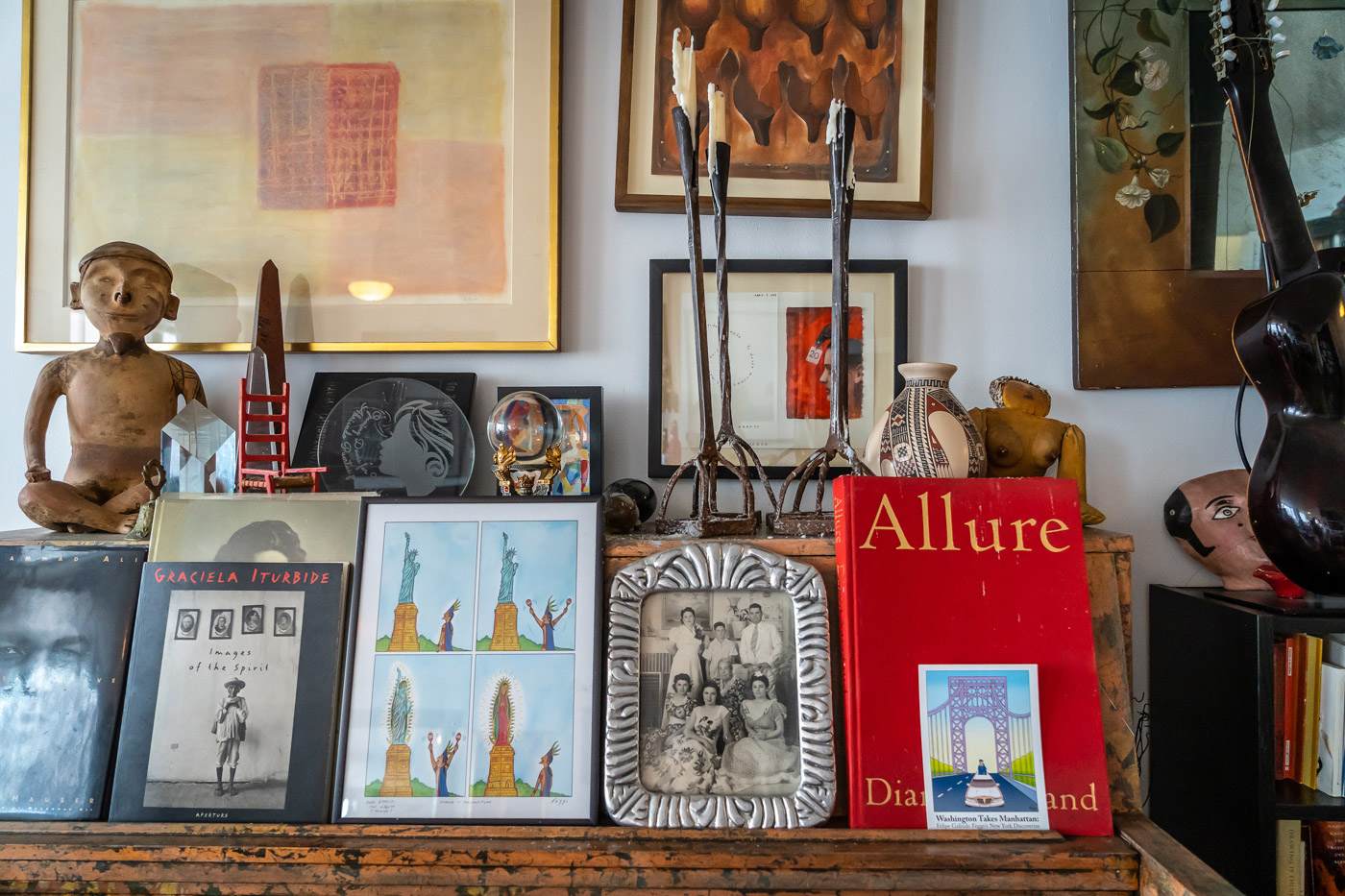
A single parent, a woman, an immigrant; considering the cultural landscape in the early 1980s, any one of these qualifiers could have presented crippling adversity. But Martinez converted those potential challenges to rocket fuel. When her former husband insinuated she wouldn’t make it in New York City, she told him, “I’ll sell burritos in Central Park if I have to.”
Fortunately for the future of the food-loving public, she didn’t have to. But when she arrived in the city, Martinez didn’t have a restaurant or platform on which to share her cuisine, so she opened her home instead. “I used every little bit of extra money I made catering to throw parties at my apartment,” she says. “I was experimenting with different dishes and developing my style and wanted to expose as many people as I could to my food to get their opinion. If they asked me what they could bring, I would tell them to bring me someone who could help my career.” Martinez hosted gatherings regularly, serving an ever-growing circle of influential figures. In addition to restaurateurs like Joe Baum, actor Ben Gazzara, couturière Pauline Trigère, and art patron Beth Rudin DeWoody also showed up for Martinez’s famous margaritas, her red snapper hash and manchamanteles (which she refers to as a “table-stainer”). Guests were rapt by these regional interpretations, the likes of which had never been seen in the New York food scene.
All her hospitality paid off. Within two years, she was hired as chef at the chic new Café Marimba. It was a major leap forward personally, and also as a representative for her culture and for women in food. But for Martinez, a grander path had been forecast by her mother at birth: “I used to complain bitterly and often to my mother about my name: ‘Why did you have to name me Zarela?’” she remembers questioning. “‘Why couldn’t it be something normal, like Gabriela, Letizia or Ana?’ And my mother always answered, ‘Because it will look good in lights, honey.’” With that prophecy in mind, Martinez opened her eponymous restaurant in 1987.
For the next twenty-four years at Zarela, Martinez made it her life’s mission to cook for and entertain New Yorkers (and a not insubstantial amount of travelers who made the pilgrimage to taste her celebrated food). She introduced hyper-specific new dishes and codified classics. Her margaritas were legend and the atmosphere was always a party—an extension of the ones she’d once thrown in her home. “I repeatedly watched her stroll radiantly through the dining room,” New York Times critic Frank Bruni later mused.
Her menu had familiar fajitas and flautas, but there was also lamb barbacoa and pan-fried liver with pickled jalapeno juice. There were those manchamanteles de pato—roasted duck with tomato red chile sauce, dried apricots, prunes, raisins and pineapple. There was pollo con naranja: chicken braised in orange liqueur with habanero chile, fresh orange, lime juice and mint. There were dishes of chilaquiles long before their image became ubiquitous in the Insta-verse.
And Martinez not only revolutionized the country’s food scene by way of her New York City stage, she introduced a culture. She recalls her mother’s “number one motto: Always say something nice to everyone you deal with, because they may be having a bad day or you might be the first Mexican they meet.” It was something she took to heart, and the city responded by showing up to her restaurant for more than two decades.
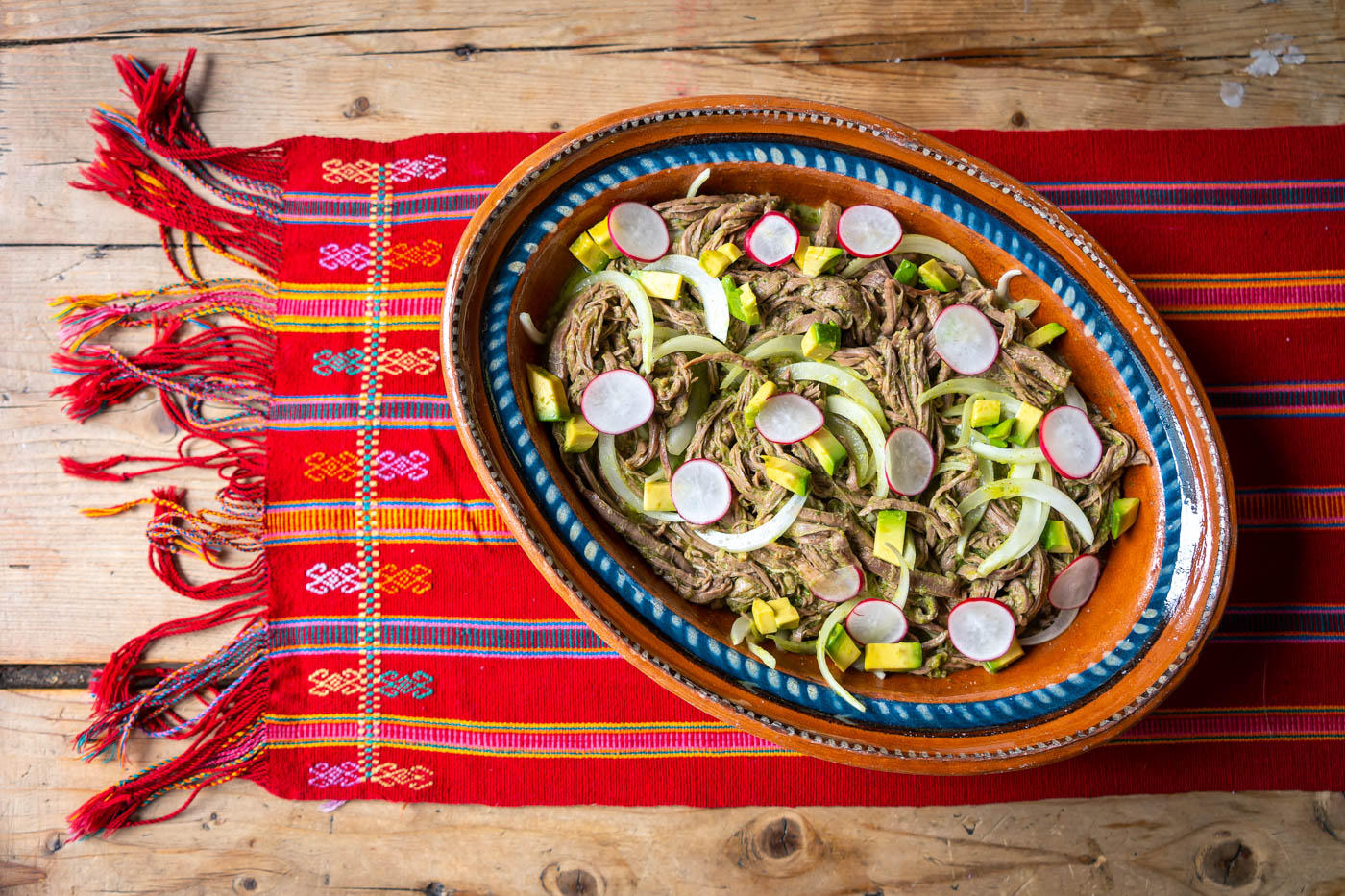
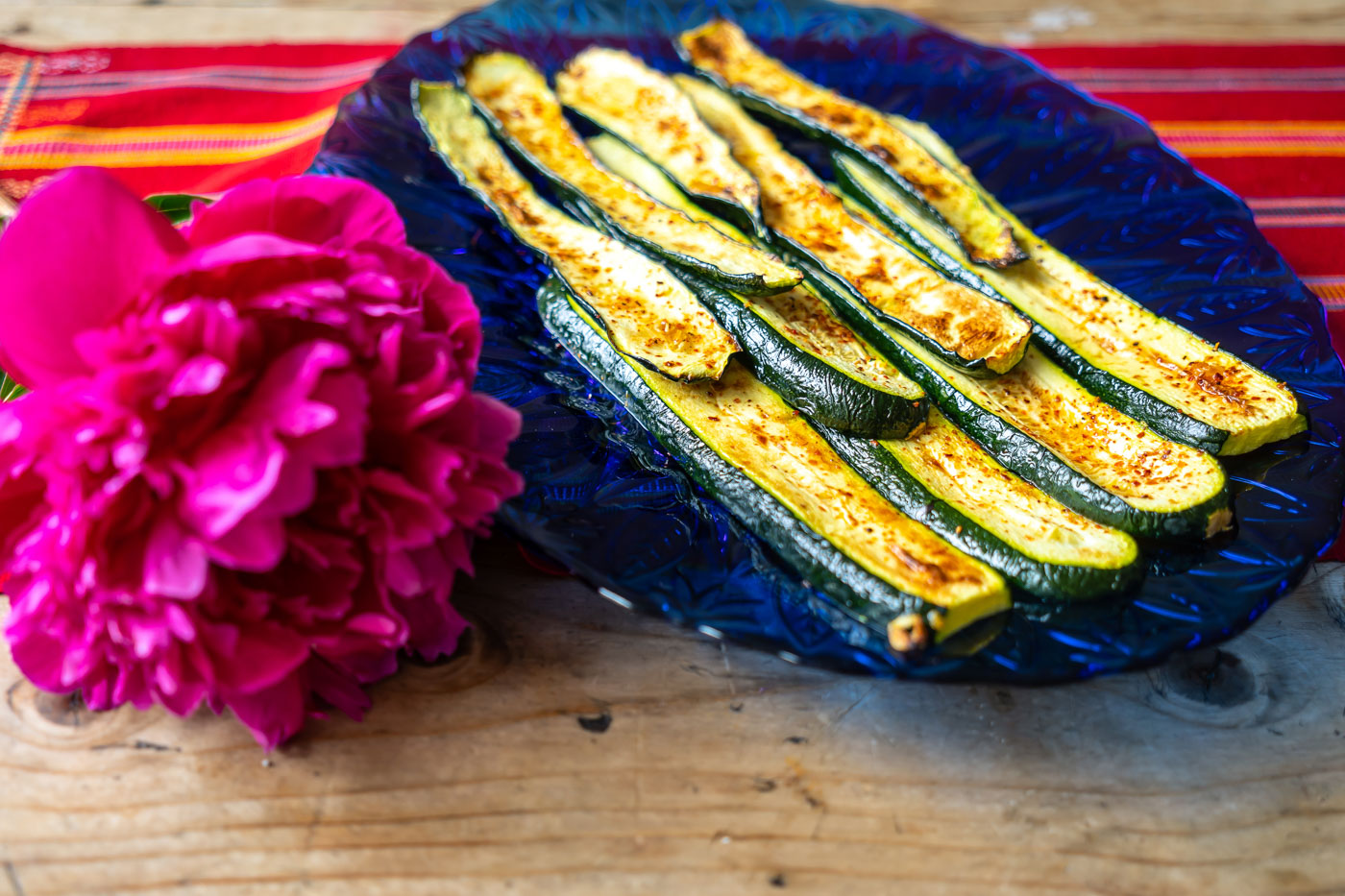
Her trailblazing example motivated her own family as well. Her son Aarón Sánchez even followed in her footsteps, becoming a chef, restaurateur and television star in his own right, and frequently crediting his mother with his inspiration.
Her expertise was in large part her ability to communicate across cultures—something that, at the time of her career’s inception, was a rarity. She relentlessly created both within the kitchen and without. She wrote cookbooks and took on speaking engagements, consulted for companies like Nestlé and Unilever and even Taco Bell, who turned to a small group of chefs, including Martinez and Stephan Pyles, for product development (the result of which was the now-famous gordita). She saw yet another opportunity to stimulate an appetite for Mexican cuisine on a major scale. “Taco Bell has had a great role in developing a Mexican flavor palate for millions,” she reflects on her experience with the company. “That in turn lead to the popularization of more traditional tacos and other Mexican foods, particularly sauces.”
In 2004, the unstoppable Martinez was diagnosed with Parkinson’s. But rather than cite it as a reason to slow down, Martinez tells me it’s presented her with its own unique form of inspiration. “It’s called compulsive creativity,” she explains. “Solutions to problems and ideas for projects come to me fully formed. My mother would say that the Holy Spirit had visited me.”
In 2011, she closed her legendary restaurant. But despite challenges to her health, Martinez cooks and creates daily in the kitchen, and her enduring appetite to learn and research continues to take her on journeys. When I meet with her a third time, she is preparing to travel to Oaxaca. She still feels a responsibility to ensure her culture is properly represented, and is developing a new concept which she calls DeLitefully Mexican. The philosophy of the project is that more pleasure is derived from food with the “vivid flavors” she feels are inherent to true Mexican cuisine, hoping to dispel suggestions that all Mexican food is “heavy.”
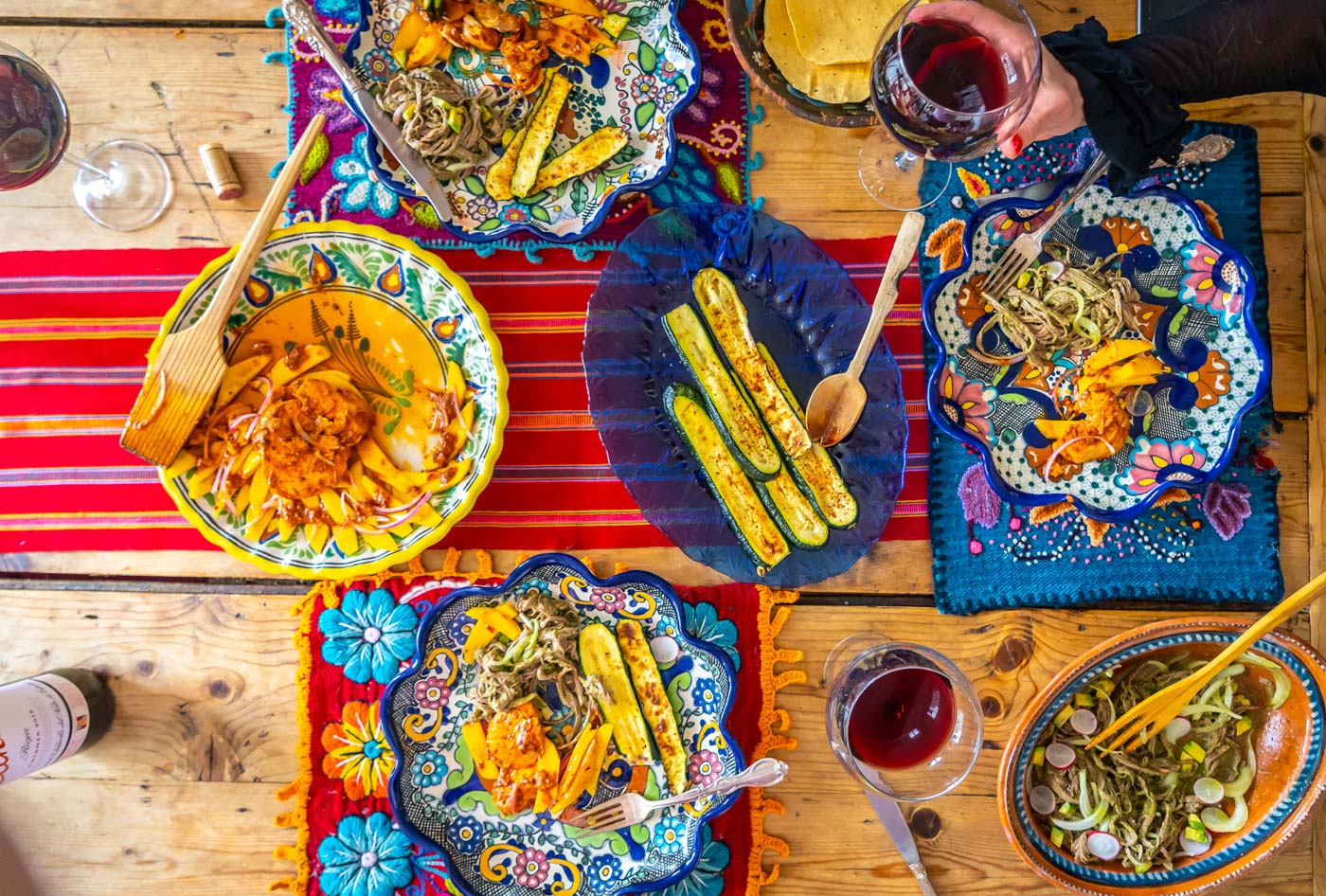
In 2013, the James Beard Foundation inducted Martinez into the Who’s Who of Food & Beverage in America, and so consequential were her writings and recipes that Harvard’s Schlesinger Library acquired a collection. But Martinez’s influence and legacy cannot be overstated; her representation of her culture and cuisine paved the way for the chefs who carry the torch for Mexican food today, no matter gender, city, or nationality. As a Mexican-American, as a mother, as a woman, as a restaurateur and business person, and as a chef, she has been a trailblazer, an ambassador for her heritage, and a representation of human spirit and hospitality.
It is Martinez’s tireless efforts, inexhaustible capacity to learn and explore, her desire to share and educate that typify her life and legacy. Her lessons, which she doles out generously, may not always seem directly about culinary or business success. Rather, they’re about life, about humanity and how to relate to the world (“I had exquisite manners and I wrote everybody thank you notes,” she says). I find myself learning as much about how to exist in the world from the many anecdotes she shares as her cuisine. Her food was revolutionary, but her personal philosophies are the kind that endure and transcend eras and generations.
On a coffee table in her living room, there is a unique piece: a jaguar’s head encased in glass. Martinez explains the significance—that historically, Mesoamerican cultures have revered a jaguar god. Later, I research this connection. “A large number of Central Americans still deeply believe that the enigmatic presence of this animal draws from the wisdom of a sacred universe beyond human understanding,” according to National Geographic.
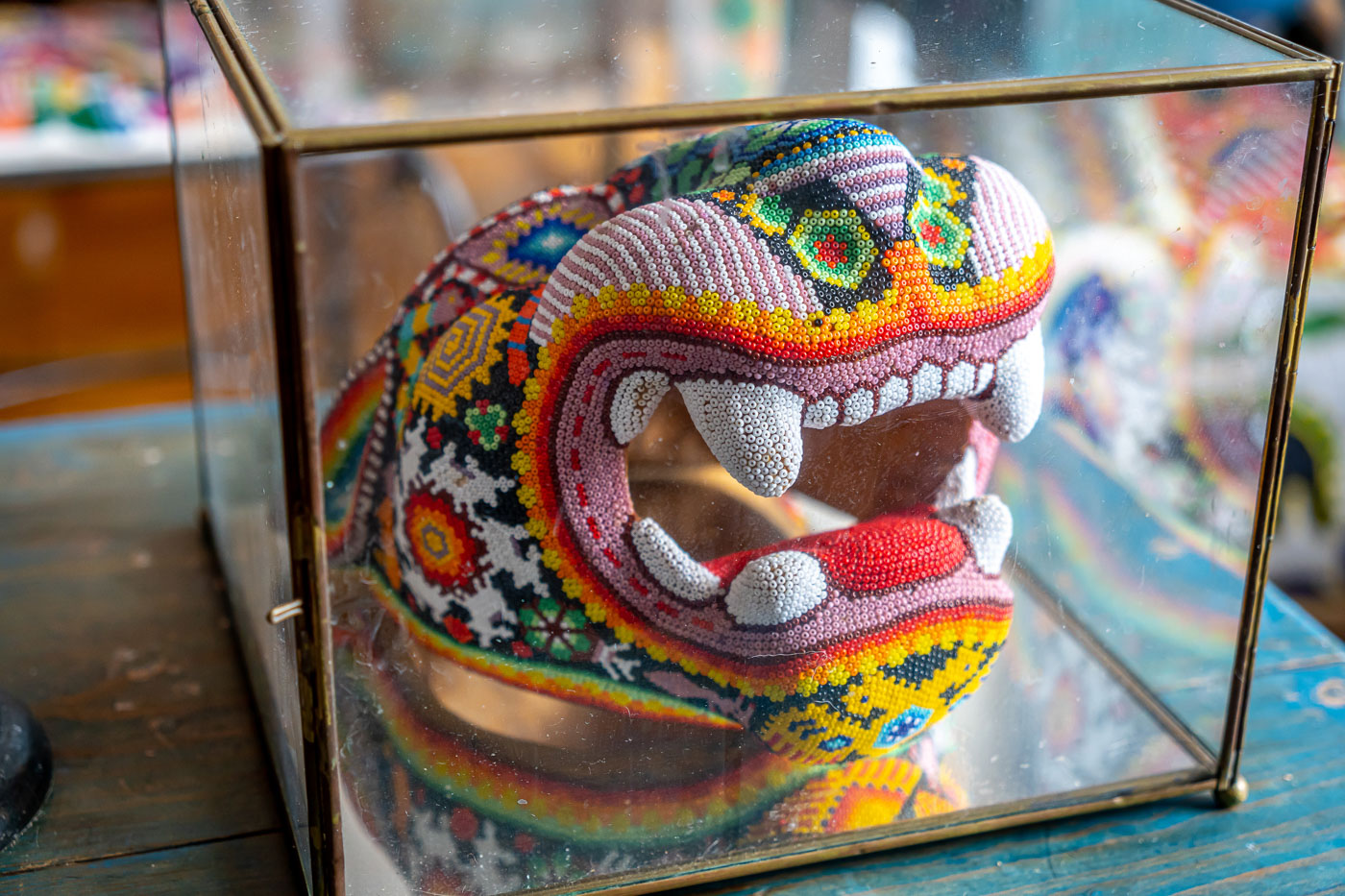
The feline is ferocious-looking, but it’s been covered by hand with stunning, brightly colored beadwork, which seems to present a different message: not to be afraid, but to celebrate—to live vibrantly. Hearing Martinez’s story, it’s easy to imagine her association with these mighty felines, she herself having at least nine lives—if not many more. But rather than being a fearsome or fearful creature, she was fearless in the face of so many challenges. She celebrated life, culture, and cuisine at every turn, in the most colorful ways possible.
And thanks to her passion and work, the rest of us are able to find thoughtful iterations of Mexican food every day, across the country.






Our comments section is for members only.
Join today to gain exclusive access.